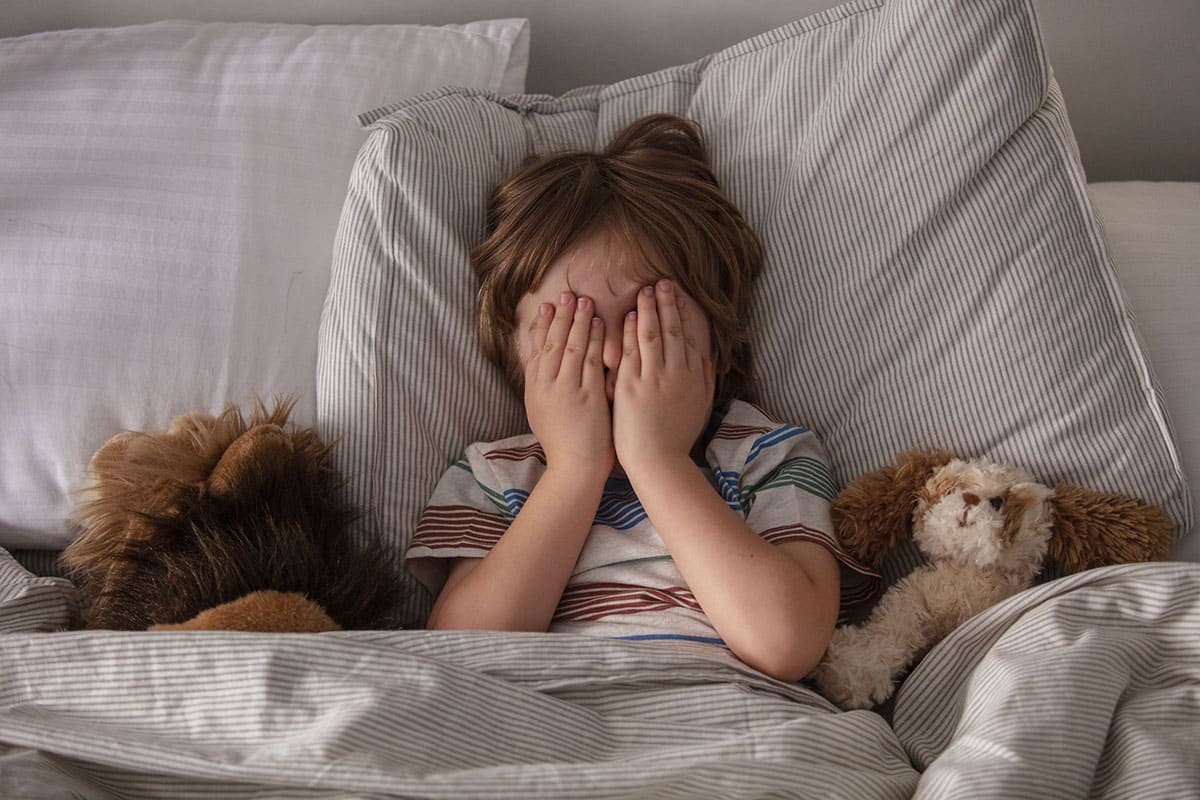Nightmares and night terrors are pretty common in kids, but parents often don’t really get them. These nighttime episodes can really mess with a child’s mood, so it’s important for parents to figure out how to handle them. Even though many folks brush these off as just a phase, taking them seriously can help avoid possible long-lasting effects (think of it like nipping a problem in the bud).
What sets nightmares and night terrors apart
Nightmares and night terrors are both sleep hiccups, but they show up in very different ways. Nightmares are like strange movies that kids watch in their dreams. They usually come from bottled-up feelings or stuff that happened in the last 48 hours. These dreams act as a safe outlet for those pent-up emotions, helping kids chew over some tough feelings. In contrast, night terrors hit with a sudden jolt, and they come with a heavy dose of fear. Kids caught in a night terror might wake up shrieking and seem totally out of it—as if they were trapped in a bad hallucination.
Nightmares can pop up due to various unsettled feelings, often signaling that a child is dealing with pent-up stress or a sense of loss. Emotions like guilt or a feeling of being misunderstood might illustrate themselves in these dreams. Sometimes, a kid’s frustration or inability to get what they want shows up as a nightmare, with fantastical elements representing real-life unmet wishes.
Common themes in kids’ nightmares
A lot of kids’ nightmares revolve around feeling powerless. For example, a child who’s been scolded by their dad might have what some call “Oedipal dreams” (in these, the dad appears threatening, and the kid might dream of being chased by a monster or ogre). Recurring nightmares often point to inner conflicts that still need some work.
It’s good to know when night terrors should get a second look. While an occasional bout is nothing to lose sleep over, getting hit frequently by night terrors might hint at deeper emotional upset. These episodes usually start to fade after kids hit about seven years old, but if they stick around between ages seven and ten, it might be time to dig a little deeper.
Tips for parents
Parents have a big hand in helping kids work through the fears stirred up by nightmares and night terrors. Getting kids to talk about their bad dreams can really ease the tension and help them make sense of things. It’s best to steer clear of superstitions—like tucking charms under a pillow—and lean towards offering real, practical comfort.
Creating an atmosphere where kids feel safe to share their worries is key (when kids can openly chat about what’s bugging them, it makes a huge difference). As some clinical psychologists point out, bottling up feelings during the day can lead to them popping up as nightmares at night: “The nightmare will thus give shape to what we did not understand.” They also note that “at that age, the child begins to understand the cause-and-effect relationship.” So, it helps when parents guide kids to figure out what’s bothering them as soon as they wake up, so they can tackle those fears head-on with some reassurance.
At the end of the day, dealing with sleep troubles in kids calls for plenty of patience and empathy from parents. By recognizing just how significant these night episodes can be and actively engaging with their kids’ emotional ups and downs, parents can help ease potential long-term issues and support a smoother path to emotional well-being.
Understanding the ins and outs of nightmares and night terrors really shows why it’s so important for parents to get involved and face these challenges directly. As kids push through this tricky stage of growing up, giving them the tools to talk about their fears openly not only builds their resilience but also sets the stage for more peaceful nights ahead.







